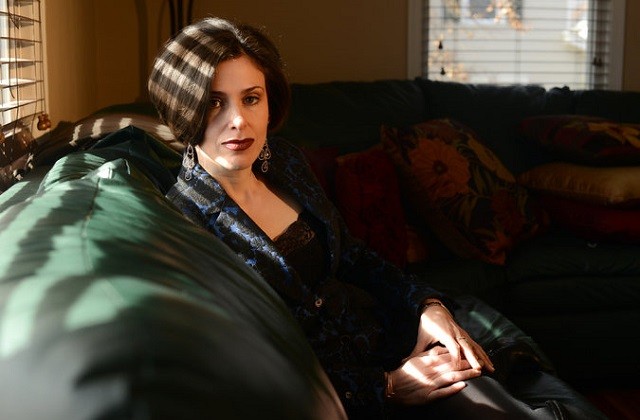NEWARK — One day in March 2011, Fraidy Reiss went to her lawyer’s office to close on a house. The prosaic routine of paperwork somehow diminished her sense of accomplishment. Not even the seller was present to hear what she yearned to say.
She was only buying a Cape Cod on a small patch of lawn in a blue-collar neighborhood in New Jersey. Yet she and her two daughters had already named the place “Palais de Triomphe,” palace of triumph. The house symbolized her liberation from an arranged marriage, threats of violence at the hands of her estranged husband, and indeed the entire insular community of stringently Orthodox Jews among whom she had spent her entire life.
In that moment of emancipation, Ms. Reiss also felt the sudden, unbidden summons of obligation. “The house meant that I’ve gotten to the other side,” she recalled. “I wanted to do something to give back. I wanted to use my pain to help others in the same situation. And, selfishly, I thought that would help me heal.”
A reliable estimate of arranged marriages is difficult because the definition is inexact. But the Tahirih Justice Center, an advocacy group for immigrant women, reported that about 3,000 cases of forced marriage took place in the United States from 2009 through 2011.
Photo credit: Jennifer S. Altman for The New York Times


